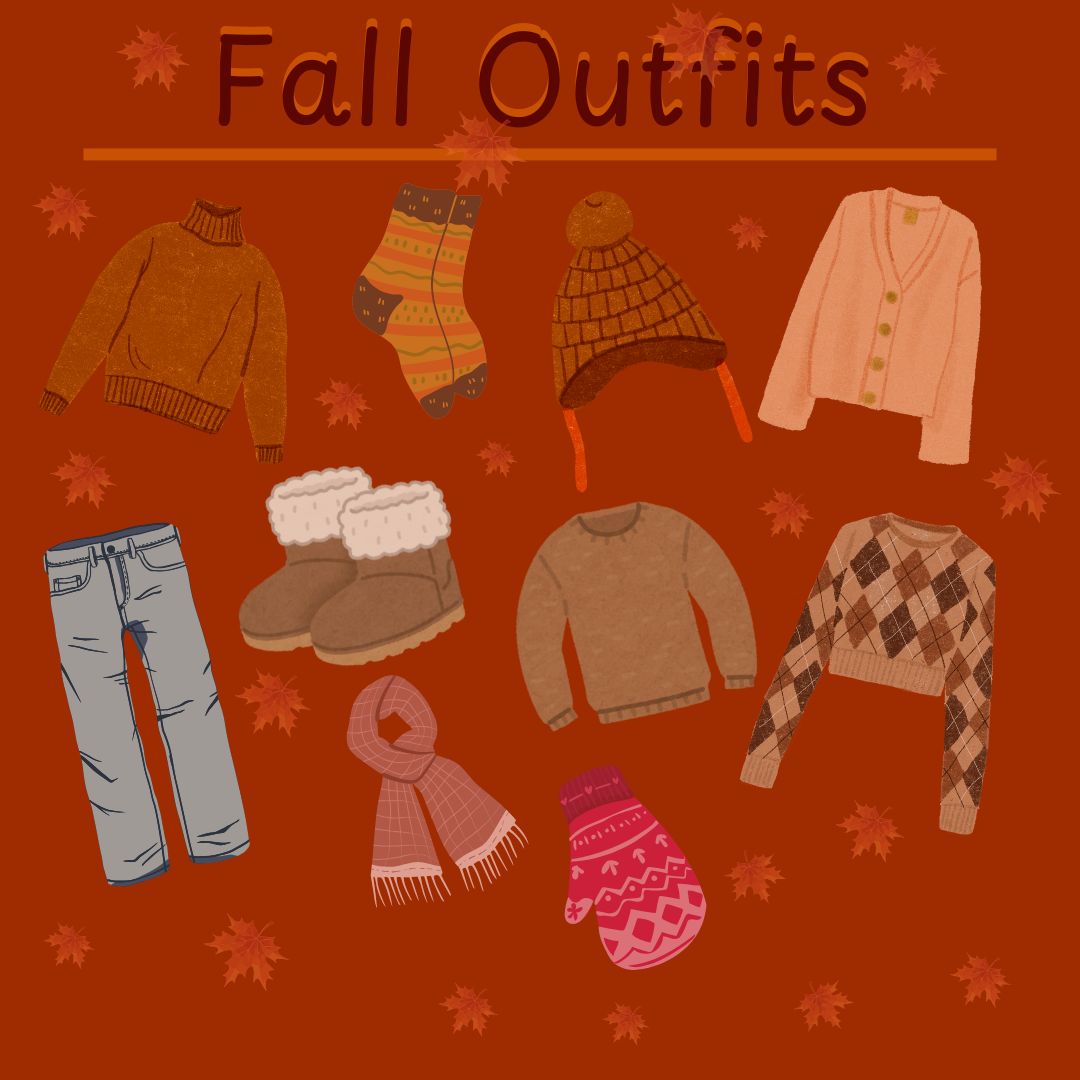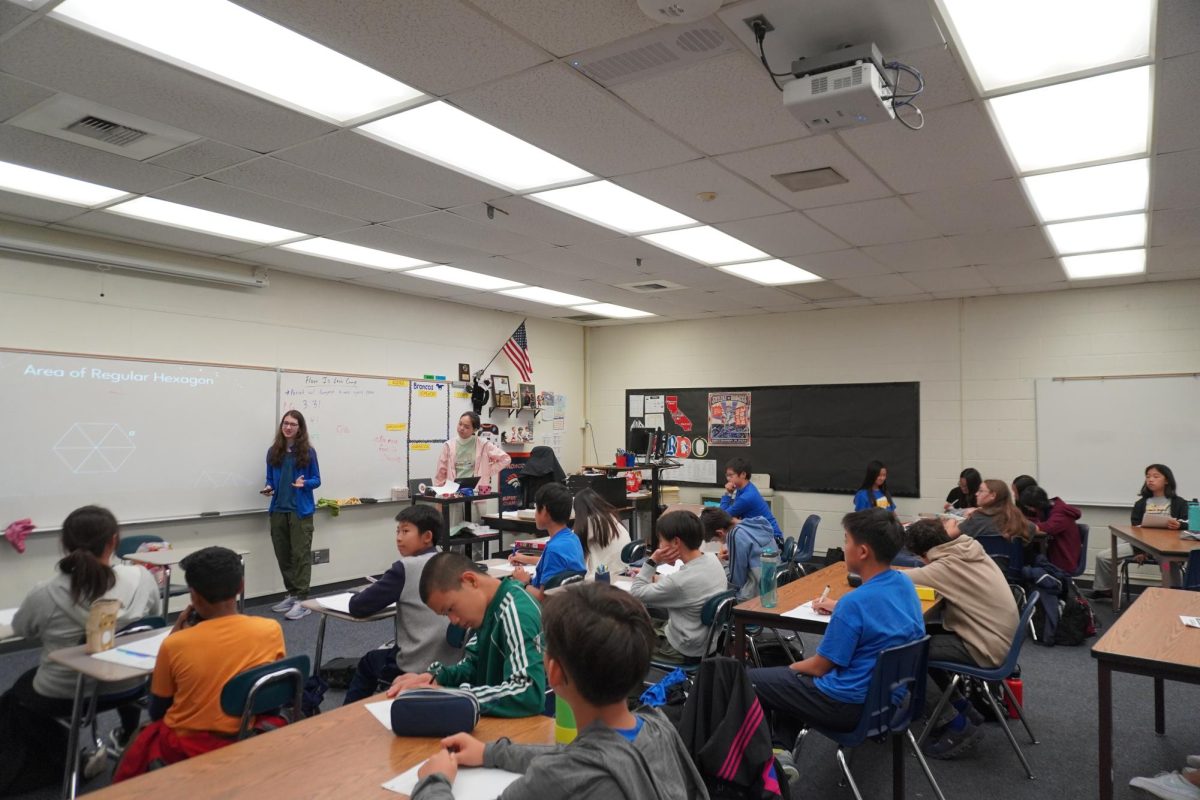
The leading cause of premature skin aging is exposure to ultraviolet (UV) rays during daylight hours. Studies have shown that the majority of wrinkles, sagging and brown spots are caused by sun exposure from the first 18 years of life. The American Academy for Dermatology’s (AAD) website (www.aad.org) states that the “2 million annual skin cancer diagnoses’ could have been prevented with [daily] protection from the sun’s rays.”There are two types of UV rays: UVB and UVA rays. UVB rays cause suntans and sunburns, are strongest from 10:00 a.m. – 4:00 p.m. during the day and are weakest in the winter months. UVA rays are much more prevalent than UVB rays as they account for more than 90 percent of the sun’s UV radiation. UVA rays have the ability to change DNA, increasing the risk of premature skin aging and skin cancers, such as melanoma. UVA rays are consistently strong throughout the year, from summer through winter, and are able to penetrate through clouds and glass windows.
78 percent of sun damage is caused by incidental exposure – when sunscreen application is neglected during daylight hours. Common incidental exposure incidents include walking to the mailbox, driving in the car, and sitting indoors near a window.
As students at an outdoor school, it is essential that we get the sun protection we need every single day, rain or shine. In a given school year, the time we spend outdoors during snack, lunch and walking from class to class adds up to approximately 13,224 minutes or 221 hours. That is 221 hours of accumulative incidental exposure, not including time spent in daylight before school, after school, on weekends, on holidays and during summer break! Just because we are not sunbathing does not mean we are not exposing ourselves to UV damage. Every time the skin is exposed to daylight, the skin’s aging process will accelerate, increasing the risk of skin cancer.
To prevent highly potential skin damage from sun exposure, it is crucial that sunblock is applied 365 days a year. Sun Protection Factor (SPF) is a system of measuring the amount of protection a product has against UV rays. It does so by measuring the amount of UV radiation it takes to burn protected skin compared to the amount of UV radiation needed to cause a sunburn on exposed skin. A common misconception is that a higher SPF number will guarantee more protection. However, as the SPF number increases, the percentage of additional protection actually decreases. SPF 30 offers only 4 percent more coverage than SPF 15, and SPF 45 offers just 2 percent more. In fact, a generous amount of SPF 30 sunscreen is much more effective in preserving healthy skin than a meager amount of SPF 100.
Skin damage can be effectively reduced through religious sunscreen application. It is important that sunscreen is reapplied approximately every two hours, even on cloudy days in the winter, as UVA rays can penetrate through clouds on to your skin. Not only is it essential to reapply sunscreen every two hours, but also, in order to get adequate sun protection, sunscreen must be applied generously. The Skin Cancer Foundation’s website states that “not using enough [sunscreen] will effectively reduce the product’s SPF and the protection you get.” Most people only apply 25-50 percent of the recommended amount of sunscreen, so sunscreen should be applied generously. Three pea sizes are recommended for sunscreen application on the face.
Expensive sunscreens do not reduce any more sun damage than other sunscreens. It is recommended to apply sunscreens with “broad-spectrum” UVA/UVB protection at an SPF of at least 30, which blocks 97 percent of the sun’s rays. An important factor that high school students have to consider when purchasing a sunscreen is what other effects the product will have on the skin. Comedogenic sunscreens are very likely to cause negative skin reactions, including rashes or acne breakouts. Sunscreens formulated with at least 5 percent zinc oxide are recommended for adolescents since this chemical-free, naturally antibacterial ingredient is compatible with sensitive, acne-prone skin. There are also many moisturizers that are made with SPF, keeping the skin both protected and hydrated without leaving the skin blotchy or greasy.
Other methods of effective sun protection include wearing hats, sunglasses, etc. These should be used in addition to sunscreen, not in place of it. Shade reduces the risk of sunburns, but it should not be used as an alternative to sunscreen because it does not entirely protect the skin against harmful UV rays. Commonly neglected areas are the lips, ears, hands and feet–all areas where melanoma can form. Everyday tasks expose these areas to UV rays, again increasing the risk for skin cancer.
It is critical to wear a minimum of SPF 30 every single day. It is a fallacy that sunscreen only needs to be worn in the summer, on sunny days, or in direct sunlight. UVA rays are consistently strong and dangerous throughout the entire year and can penetrate through clouds and windows, so it is important to apply sunscreen as a part of your morning routine, even in the winter when you are expecting overcast or to stay indoors all day. 78 percent of sun damage is from incidental exposure when performing day-to-day tasks, so generous daily application and reapplication of sunscreen is crucial to maintaining healthy skin.
[Sources for this article: http://www.aad.org/, http://www.skincancer.org/]
By LAYLA BINA
Staff Writer
Categories:
Are you staying protected?: A guide to UVB/UVA protection
March 7, 2014
1
0
Donate to Sword & Shield
$180
$1000
Contributed
Our Goal
Your donation will support the student journalists of University High School. Your contribution will allow us to purchase equipment and cover our annual website hosting costs.








